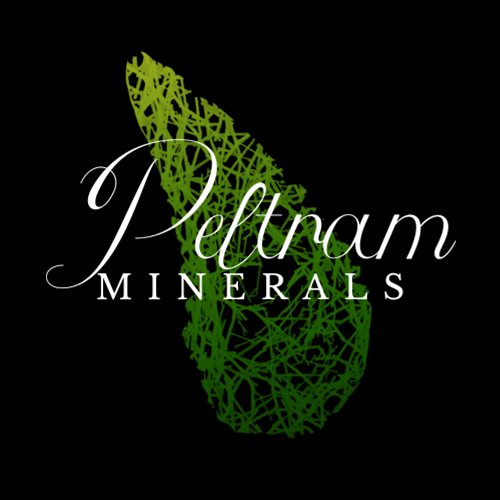Boulder opal – Cabochon – Koroit, Queensland, Australia
Locality: Koroit, Queensland, Australia
Weight: 1,5g = 7,75ct
Dimensions: 2 x 1,2 x 0,3 cm
| Category: | Queensland |
|---|
Australia is renowned worldwide as the most important source of high-quality opals. The quality of Australian opals is primarily due to their strong and pure play of color. Thanks to specific formation conditions, they often exhibit vivid, contrasting hues. This diversity is reflected in the many types of opals Australia offers—from black and boulder opals to crystal, white, and matrix opals. Australian opals are notably more durable and stable compared to many opals from other localities. Their naturally lower water content increases their ability to withstand temperature fluctuations and changes in humidity, which means they do not crack or dry out as easily, making them ideal for everyday wear in jewelry.
Formation
Australian opals typically form in sedimentary rocks such as sandstones and clays, which are found in extensive basins (e.g., the Great Artesian Basin—a vast underground water system covering much of Australia’s interior). Water rich in silica gradually seeps into fine cracks or pores within the rock. Once this water evaporates or drains away, thin layers of silica remain in the cavities, which can eventually transform into opal.
A key role is played by microscopic spheres of silicon dioxide (silica) that arrange themselves into a regular three-dimensional “crystal-like” structure. This arrangement produces the typical “play-of-color” phenomenon, the rainbow-like shimmer visible in opal when light strikes it. The color and intensity of this play-of-color depend on the size and arrangement of these spheres.
In the case of boulder opals from Australia’s Queensland, the fundamental formation process is the same, but the opal settles in thin veins or cavities within iron-rich parent rock. The dark color and high iron content of the host rock often enhance the contrast and richness of the opal’s color effects.
Localities
Queensland is one of the key areas in Australia for boulder opals. It spans the continent’s northeast, where much of the interior is arid or semi-arid land. This region hosts significant opal-mining sites. The most famous places include Winton, Quilpie, Opalton, and Koroit, each of which significantly contributes to the global prestige of Australian opals.
History
Opal mining in Queensland began around the turn of the 19th and 20th centuries, when adventurers and settlers sought new means of livelihood in the unforgiving landscape. Conditions here remain harsh—heat and drought affect mining work but also help preserve opal deposits by minimizing damage from surface water. Many mines are still owned by small family businesses that rely on traditional techniques, supplemented by modern machinery.
Types of Australian Opals
-
Black Opal
The rarest and most valuable type of opal, made famous by the Lightning Ridge deposit (New South Wales). It has a dark base color (black, gray, or dark blue), which emphasizes the play of color. Black opals often display the most intense range of colors—red, green, blue, or purple. -
Boulder Opal ✓
Primarily mined in Queensland (northeastern Australia). It forms when opal fills thin seams in ironstone or other types of parent rock (“boulder”). This type usually retains part of the original rock, creating a contrasting background. Boulder opals can have a darker body tone, and thus can—like black opals—exhibit a vibrant play of color.
-
Crystal Opal
Characterized by a translucent or transparent base. Sometimes it can be almost colorless in its uncut state, but the flashes of color shine through the crystal-clear or milky translucent base. Crystal opals occur throughout Australia, though many come from Coober Pedy. -
White (Light) Opal
This variety has a white to milky-white base color. It can display similarly vibrant colors to black opal, but they tend to be less pronounced because the light background visually “mutes” the contrast. White opal is most commonly found in Coober Pedy (South Australia) and is more affordable than black or boulder opals. -
Matrix Opal
A distinct variety in which opal is dispersed within a porous host rock (such as sandstone or ironstone). After treatment (impregnation), the colors can become much more intense, as the darker background enhances the opal’s play of color. Andamooka is especially famous for this type of matrix opal, known as Andamooka Matrix, which can resemble rare black opals from other localities once treated.





